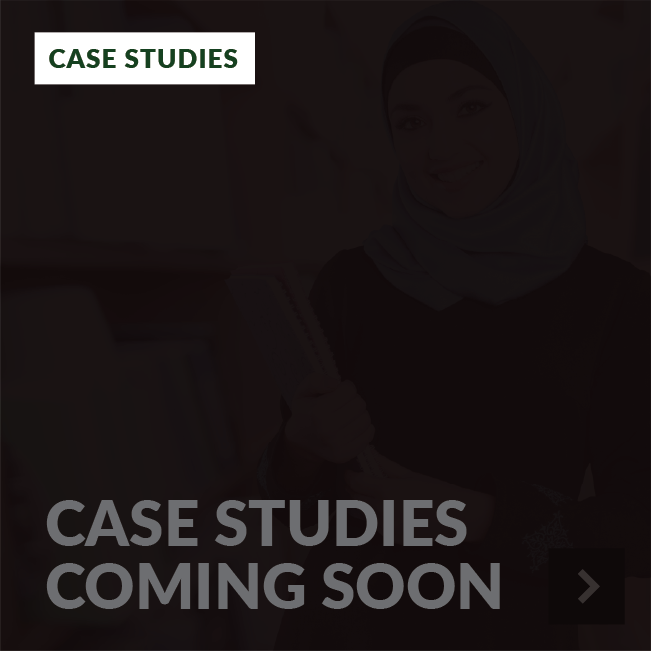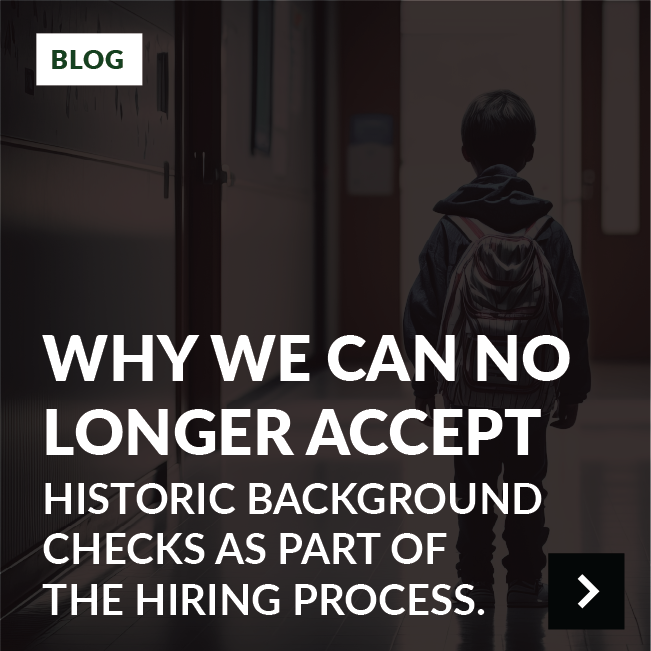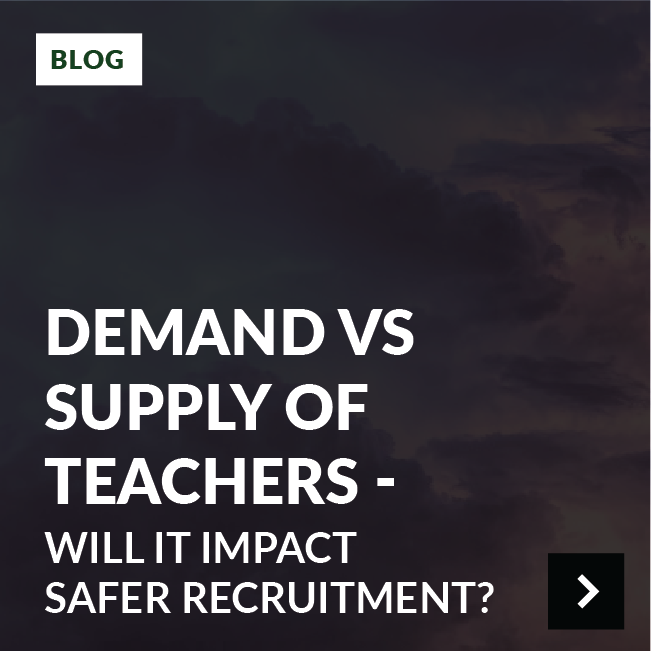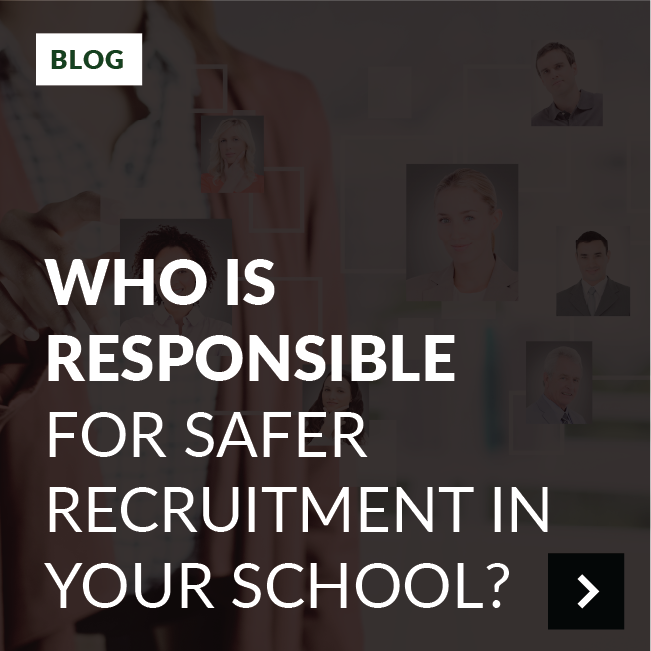KYP is a new era in continuous assessment of safeguarding compliance across a school workforce.
The KYP concept of continuous evaluation of workforce risk, reflects that at any time before or during employment, new information may emerge about an individual’s continued suitability to work in a controlled function. In doing so, KYP addresses a critical defect in legacy guidance for Safer Recruitment and the Single Central Register, concepts which create unacceptable risk by only encouraging safeguarding checks at the point of entry to your team.
10k Schools provides organisations with unparalleled visibility, by automating the collection, analysis and reporting of defects in biodata, references and criminal record checks from candidates, employees, contractors and volunteers throughout their relationship with a school.

a New Era in Safer Recruitment
Know Your People by 10k Schools is foundational to keeping children safe in education.
PLATFORM SUMMARY
Safer Recruitment
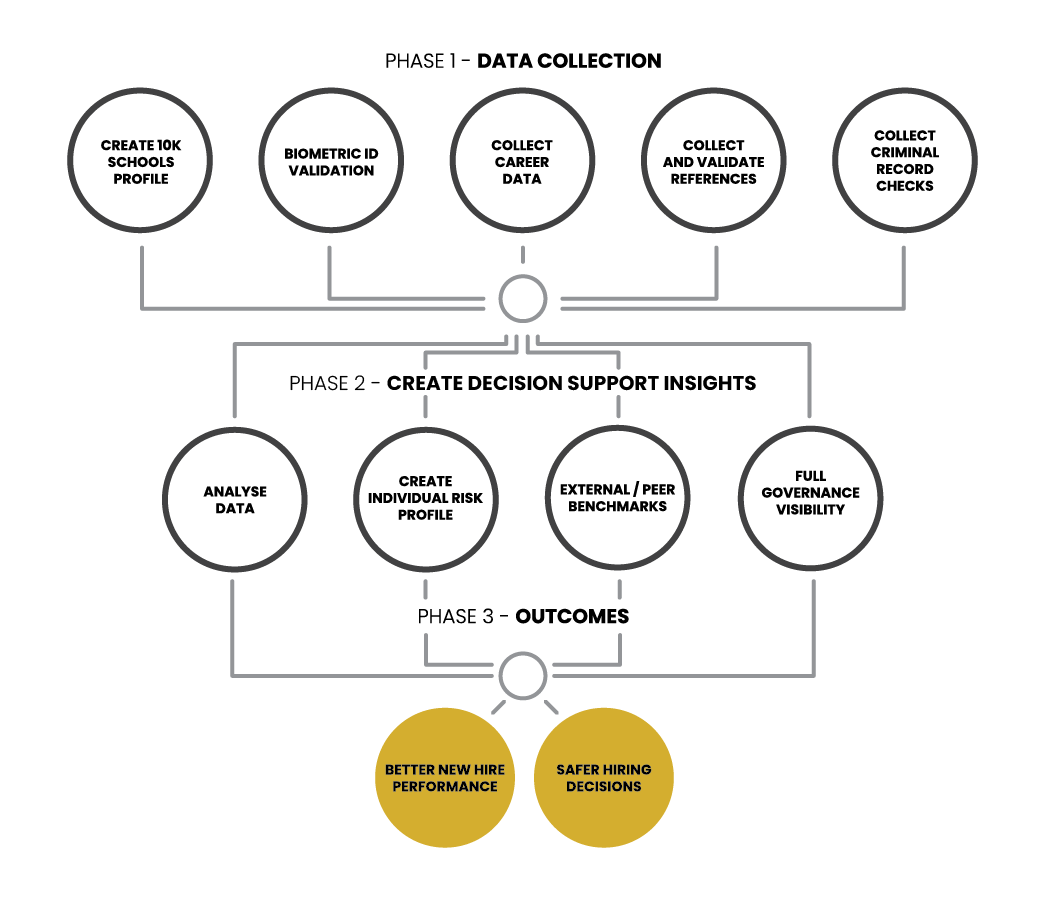
OUR STORY
WHY 10k Schools?
At 10k Schools, our initiative "Know Your People" (KYP) stands as a paradigm-shifting approach to every school's foundation of safeguarding, driven by a profound commitment to revolutionize the educational sector. Our founding team, composed of leaders with an aggregate of over a century’s expertise in guiding global compliance, HR, and administrative operations across diverse industries, also includes school leaders who have helmed some of the most prestigious and challenging educational institutions globally.
As pioneers in the Future of Work discourse, our team possesses a deep-seated passion for redefining operational methodologies within schools, particularly emphasizing the societal significance of ensuring children's safety in educational settings.
KYP represents an innovative leap in school compliance, setting an unprecedented global standard for continuous risk assessment within educational institutions' workforce. Our approach transcends the conventional norms of employee checks at the start of employment, recognizing the dynamic nature of employee suitability over time. KYP's methodology, inspired by the robust Know Your Customer (KYC) standards prevalent in the financial sector, offers a proactive, comprehensive, and adaptable safeguarding framework.
Our revolutionary model is transforming the safety and integrity of educational environments, ensuring a steadfast commitment to child protection and welfare.
Our Team

Jonathan Price
Chief Education Officer

Sir Christopher Stone
Advisory Board Member

Sara Hedger
Advisory Board Member

Mark Leppard MBE
Advisory Board Member

Zoe Woolley
Advisory Board Member

John Butterworth
Chief Executive Officer



